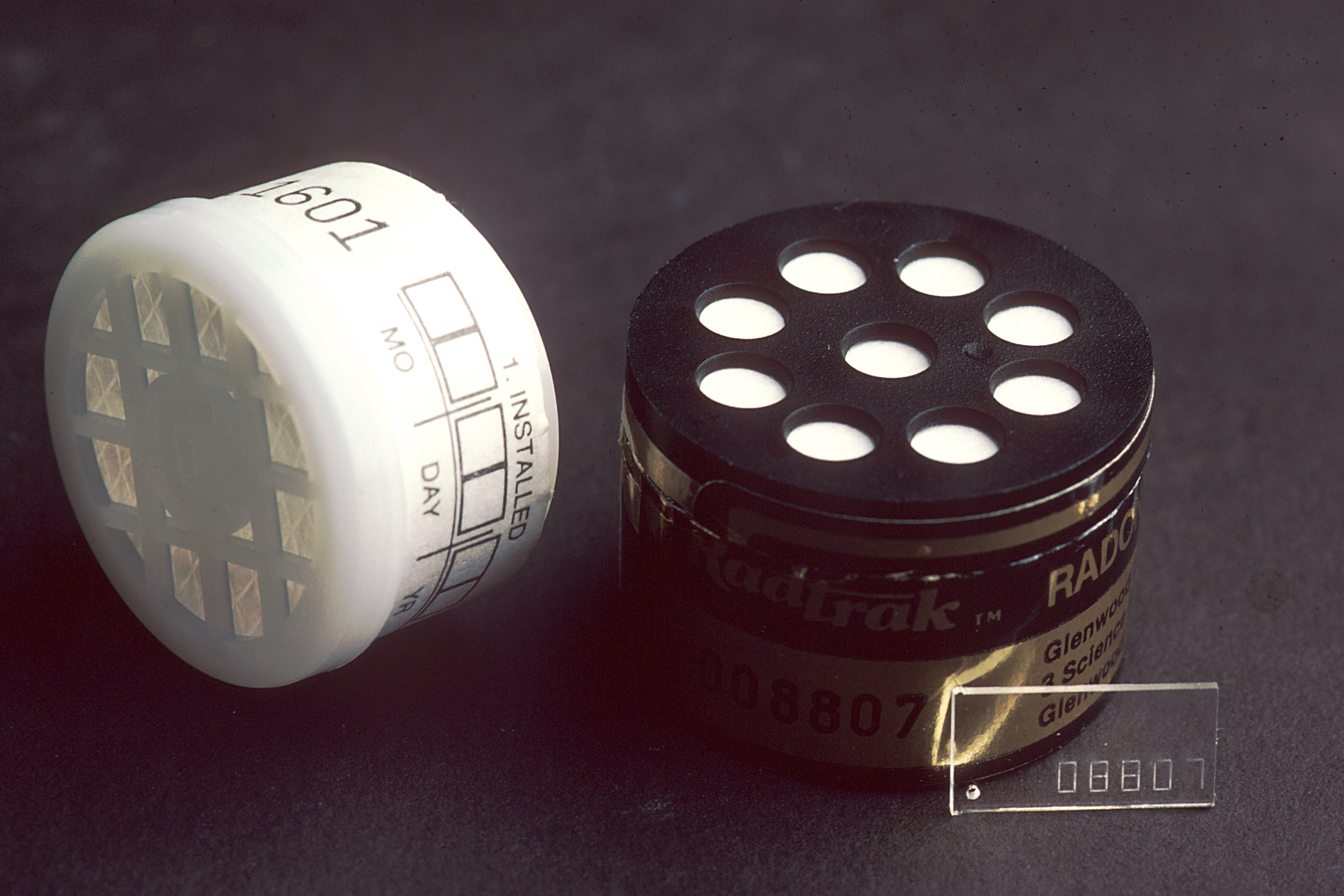Pennsylvania homes and buildings have some of the highest radon levels in the country—and they’re trending upward. You can’t see or smell the naturally occurring, radioactive gas. But next to smoking, it’s the biggest cause of lung cancer in the U.S. In fact, the U.S. Environmental Protection Agency (EPA) says indoor radon causes or contributes to 21,000 lung cancer deaths annually. And a whopping 40 percent of Pennsylvania homes have levels above what the EPA considers actionable.
Though some recent research suggested a link between fracking and rising radon levels, Dave Allard, head of the Bureau of Radiation Protection at the Pennsylvania Department of Environmental Protection (DEP), says geology is the likely culprit.
“We have some of the most unique geology, soils and rocks—creating some of the highest radon levels naturally probably in the country, maybe the world,” Allard says.
But how do you know if your home has a radon problem? Turns out, there’s a pretty simple test.
Our energy reporter Reid Frazier ordered a free radon test kit from the American Lung Association to get a reading in his historic Pittsburgh home. Radon usually enters a home through hollow block walls, cracks in the foundation floor and walls, and openings around floor drains and pipes. Levels are usually highest in the lowest level of the home, so Frazier placed his test kit it on the workbench in his basement. And after leaving it there for 72 hours, he mailed the kit back for analysis.
A few weeks later, Frazier got the results: The basement tested at 3.3 picoCuries per liter (pCi/L) of air. That’s below the U.S. EPA action level of 4.0 pCi/L. But that doesn’t necessarily mean he’s out of the woods.
Radon Detection and Control’s John Mallon says a level that high warrants further testing. His company has put in thousands of radon mitigation systems in homes around Pittsburgh. And he says part of the reason Frazier should get a second test is that radon levels vary seasonally: They are often lower in summer and higher in winter, when the house is closed up.
“If you get a 3.3 pCi/L in the winter, you’re good to go,” Mallon says. “[But] if they get a 3.3 pCi/L in summer, they’ll likely get a 15 pCi/L in winter.”
That would put Frazier’s house well above the EPA limit. Mallon says a radon test that takes samples over an extended period would be a good next step for Frazier.
After thorough testing, if you discover your home does have high radon levels, a radon mitigation system is likely your next step. Mallon says companies like his dig a small hole beneath the basement slab and pipe the air out through an exhaust system above the roof line—before it ever has a chance to enter your home. Most homeowners should expect to pay $700 to $1000. And the systems are very effective: In the majority of cases, installing a mitigation system can bring levels back under 2 pCi/L.
###
Interested in learning more? The Pennsylvania Department of Environmental Protection has a list of certified companies that offer testing, mitigation and laboratory services. And if you’re looking for a home radon test, Radon Detection and Control’s John Mallon’s recommends the $12 kit offered by the non-profit Breathe Pennsylvania. The EPA also has tons of great info in its “Citizen’s Guide to Radon.”

